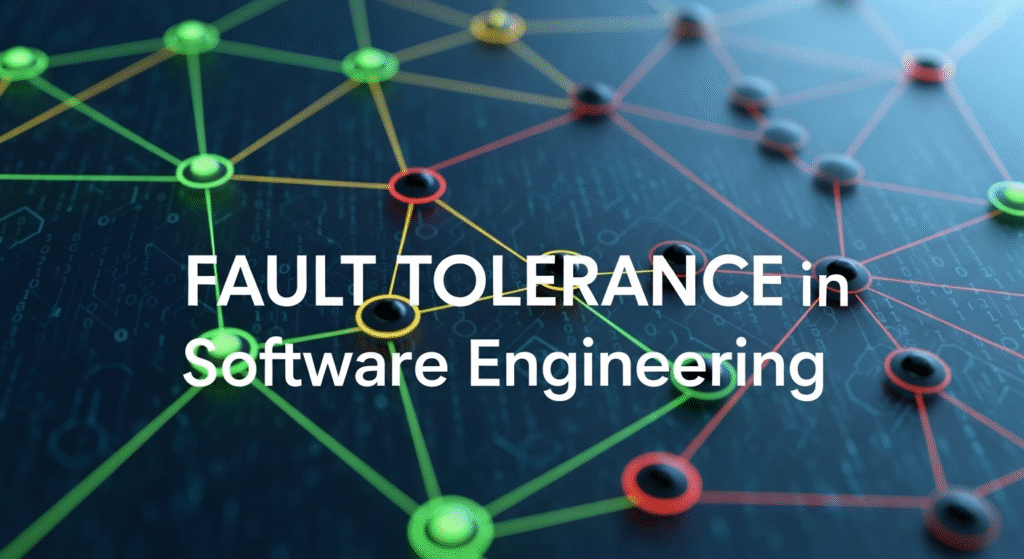Imagine this:
You’re sipping coffee on a Monday morning when suddenly, your company’s e-commerce platform goes down during a flash sale. Orders stop flowing, users panic, and the operations team scrambles to identify what went wrong.
Now imagine if that outage didn’t surprise anyone — because your team had already simulated it months ago.
That’s the power of Chaos Engineering.
What is Chaos Engineering?
Chaos Engineering is the disciplined practice of intentionally injecting failure into a system to uncover weaknesses before they cause real-world incidents.
In other words, instead of waiting for the next outage, you create small, controlled failures in production-like environments to see how resilient your system really is.
It’s not about breaking things recklessly — it’s about learning from controlled chaos to build robust, fault-tolerant systems.
Real-World Example: Netflix and “Chaos Monkey”
Netflix is the pioneer of Chaos Engineering.
When their platform migrated to AWS cloud, the team realized that depending too much on any single component could lead to massive downtime.
To prevent this, they created a tool called Chaos Monkey — a mischievous little program that randomly terminates virtual machines in production.
Sounds scary, right?
But here’s the magic — Netflix’s systems were designed to recover automatically.
By letting Chaos Monkey wreak havoc during office hours (when engineers were available to respond), Netflix built a platform that could survive outages even on Friday nights or during Christmas streaming spikes.
Today, Netflix’s entire “Simian Army” (including Latency Monkey, Conformity Monkey, and others) ensures their platform’s availability to over 260 million users worldwide.
Why It Matters for Modern Engineering Teams
As systems grow more distributed — with microservices, Kubernetes, multi-region deployments, and API dependencies — the chances of unpredictable failures increase exponentially.
Traditional testing (unit tests, load tests, etc.) often can’t reveal how your system behaves under real chaos, like when:
- A database node goes down unexpectedly.
- A third-party API starts responding slowly.
- Network latency spikes in one region.
- A sudden traffic surge overwhelms your cache.
Chaos Engineering helps teams observe system behavior under pressure, improve incident response, and build confidence in reliability.
How to Get Started
You don’t need Netflix-level infrastructure to practice Chaos Engineering.
Here’s a simple, practical approach:
- Start Small
Begin in a staging environment. Kill one service instance — see what happens. - Form a Hypothesis
Example: “If Service A goes down, Service B should still respond using cached data.” - Inject Failure
Use tools like:- 🔸 Chaos Monkey (Netflix OSS)
- 🔸 Gremlin
- 🔸 Azure Chaos Studio
- 🔸 LitmusChaos (Kubernetes-native)
- Observe & Learn
Monitor logs, metrics, and alert systems (Grafana, Prometheus, Application Insights, etc.). - Automate & Expand
Once confident, gradually move experiments closer to production.
Real-Life Experience
In one of my recent projects, we migrated a .NET microservices architecture to Azure Kubernetes Service (AKS).
We wanted to ensure high availability during node restarts and network interruptions.
We introduced Azure Chaos Studio to simulate pod failures and network delays.
The results were eye-opening:
- Some services lacked proper retry policies.
- Certain API timeouts were too aggressive, leading to cascading failures.
- Our alerting system didn’t trigger for internal retries.
By fixing these issues, our uptime improved by 99.95%, and we built stronger confidence in our release pipelines.
It wasn’t about causing failure — it was about understanding how we fail.
Final Thoughts
Chaos Engineering isn’t about destruction.
It’s about resilience through learning.
Just like pilots train in simulators to handle mid-air crises, software engineers can train their systems to survive the unexpected.
In a world where downtime costs millions and customer trust is fragile, controlled chaos is not an experiment — it’s a necessity.

